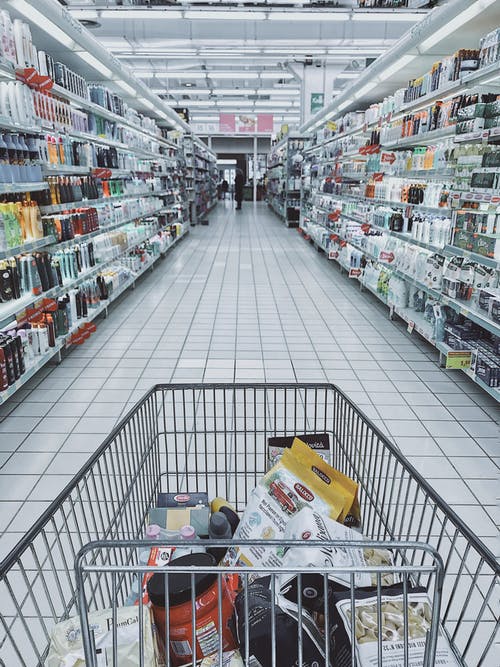Posted: Feb 02, 2020

Sustainability—particularly regulatory and public concerns around single-use packaging waste—is combining with other powerful trends1 to drive major changes in consumer packaging. Regulators are moving on the issue, and Fast-Moving Consumer Goods (FMCG) companies and retailers are proactively making bold commitments to improve both the sustainability of their packaging and to fundamentally rethink their packaging systems.
There will be significant impact on packaging converters and their value chain, which could threaten the survival of many in the industry. However, for packaging converters with the right focus and innovation capabilities, the new landscape could offer significant growth and new partnership opportunities to support customers in revising their packaging portfolios. Going forward, converters will have to proactively embrace sustainability issues as consumer demands and regulatory requirements multiply.
Packaging is ubiquitous in our daily lives and enables minimization of food waste and overall product breakage with advanced convenience features2 at low costs. Over the past decade, the global packaging industry has enjoyed strong growth, driven by shifts in choice of substrates and expansion of new end-markets. Headline changes include the increased use of plastics to replace other substrates and accommodate consumers’ demand for convenience, but also the economic boom in China and other emerging regions.
However, widespread usage of single-use packaging containers has resulted in a heavy burden on the environment, and the management of packaging waste is facing a crisis due to two unresolved challenges:
Packaging recyclability. Large amounts of packaging produced today cannot be recycled in existing recycling systems. This is especially true for multi-material packaging, which today poses a significant and unresolved challenge in recycling.
Packaging recycling and leakage. Recycling rates for plastic packaging are relatively low. In the United States, for example, waste is generally managed with low leakage but recovery rates for packaging and food-service plastics are about 28 percent. In Europe, the plastic-packaging recycling rate reported was somewhat higher at approximately 40 percent, compared to approximately 80 percent for paperboard, and 75–80 percent for metal and glass3 (note, however, that overall data collection quality on recycling rates is rather immature, so real-world rates may differ from reported figures). Emerging regions (Asia in particular) are under the most pressure, because packaging demand growth is outpacing global growth rates, and waste-collection systems—let alone recycling—are not in place at the required scale. Global leakage or unmanaged dumps of all plastic material flows (both durable and non-durable) is estimated to be around 19 percent, and only 1Ja6 percent of all plastic waste is re-processed to make new plastics. In fact, most of the global plastics waste goes into incineration (25%) and landfills (40%), meaning that these materials are lost forever as a resource, despite plastics’ potential for reuse and recycling.
This has not gone unnoticed; public awareness of packaging waste leakage, especially plastic waste, into the environment has increased significantly to an all-time high over the past 12–24 months. The visceral images of the effects of ocean plastics pollution have stirred up consumer sentiment around the world.
By Peter Berg, David Feber, Anna Granskog, Daniel Nordigården, and Suku Ponkshe
January 2020
Source: Mckinsey.com
Go-Wine's mission is to organize food and beverage information and make it universally accessible and beneficial. These are the benefits of sharing your article in Go-Wine.com